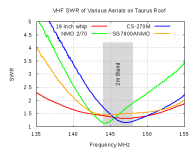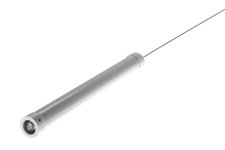Peter & Judy
Member
- Joined
- Dec 3, 2014
- Messages
- 574
- Reaction score
- 0
- C Dory Year
- 2005
- C Dory Model
- 22 Cruiser
- Vessel Name
- Mistaya
Last year after the Friday Harbour gathering a group of about 12 C-Dories headed off on a cruise to Princess Louisa Inlet. We broke into sub groups and we were the tail end group, travelling with Colby on C-Travller. During this time we were making contact with some of the other groups via VHF. Often Colby could communicate with them, but we could not. Sometimes we could hear them, but not talk to them while Colby who was near us could. Our question, why might this be and how could we increase the range of our VHF? Colby had a devise to test our antenna and it tested fine. We are in a 22' and Colby was in his 25', so his antenna was slightly higher than ours.
My VHF radio is a Standard Horizon GX2200 which I installed about 5 years earlier with an 8 foot Shakespeare antenna.
My VHF radio is a Standard Horizon GX2200 which I installed about 5 years earlier with an 8 foot Shakespeare antenna.


